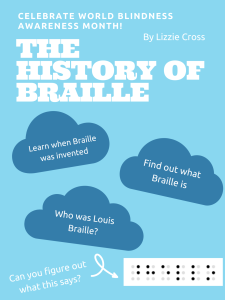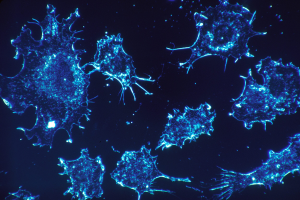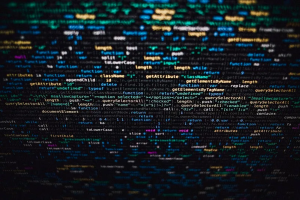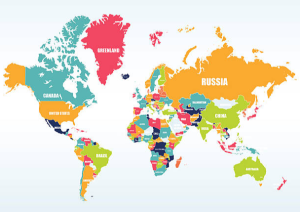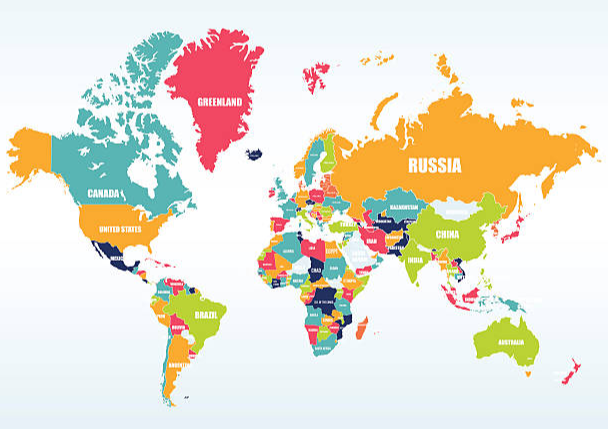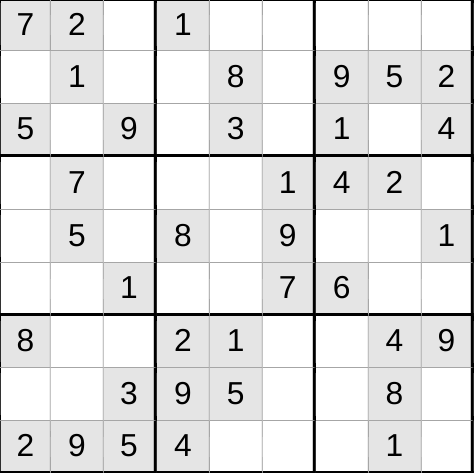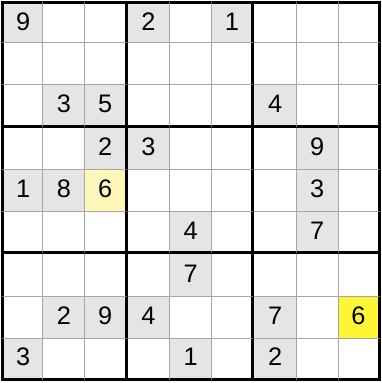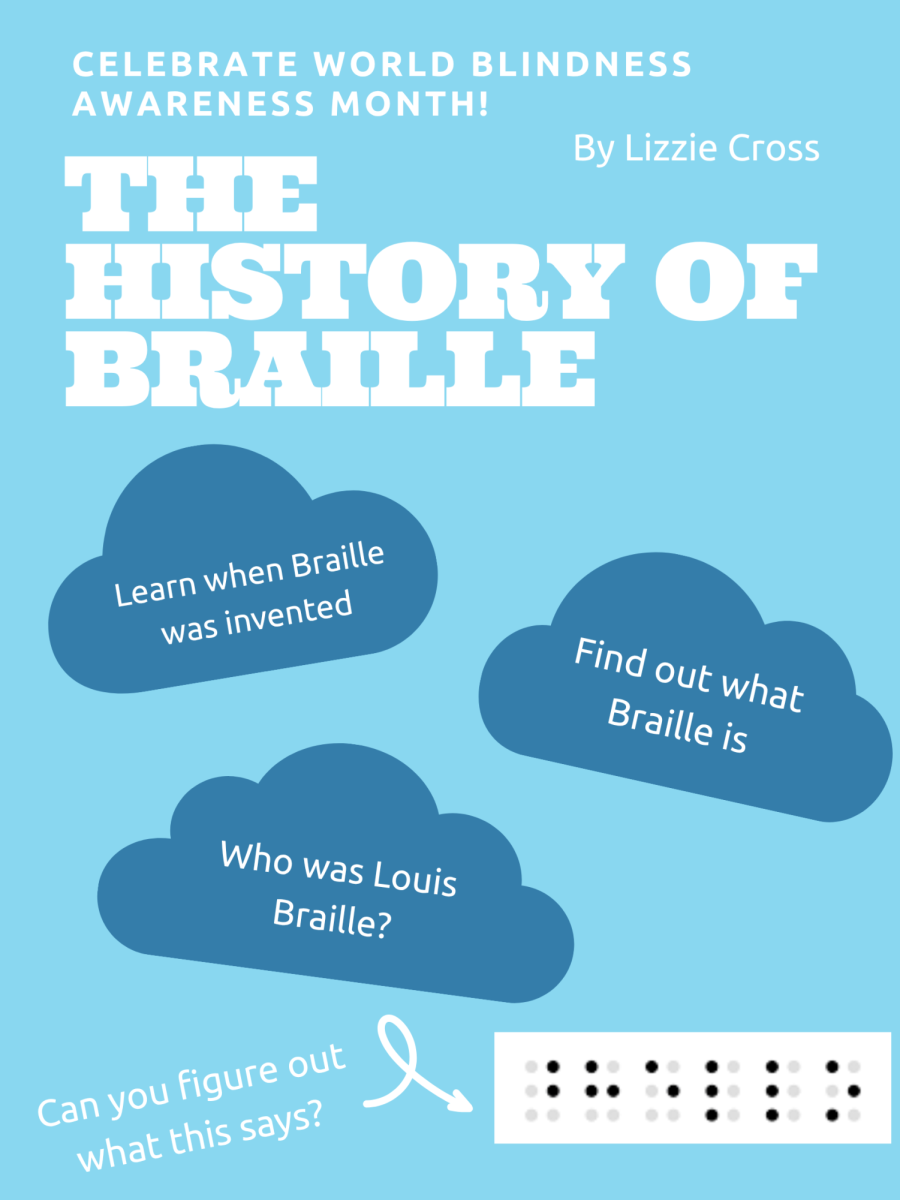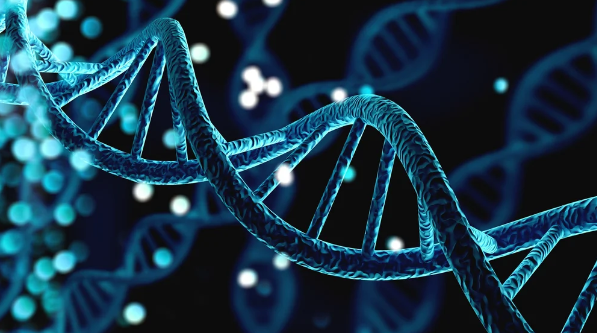On May 26, 2025, an article was released on the National Library of Medicine website by Ziming Chen detailing the noteworthy link between experiencing pain and cancer growth. Although this connection has been observed for over 200 years, it is still under intense research today. The complication with this process is that different forms of cancerous tissue react uniquely to different parts of the nervous system. Chen’s article focused on a case of pancreatic cancer in a mouse.
This mouse had pancreatic ductal carcinoma (PDAC), which is the most common type of pancreatic cancer in humans. 90% of pancreatic cancer cases are identified as PDAC, according to Aleksandra Adamska with Curtin University’s Health Research Institute. By stimulating the sympathetic nervous system, which induces a fight-or-flight response, it was observed that the chemicals subsequently released stimulated nerve growth in the cancer tissue.
Nociception, which is the perceived sensation of pain, can kickstart your sympathetic nervous system. Since your sympathetic nervous system is made to prepare your body for danger, it fuels certain systems by diverting resources away from other ones. One system it impairs is the function of the Alkbh5 gene. Alkbh5 does many jobs in the body, one of which is regulating cancerous growth in our cells. When Alkbh5 isn’t regulating our cells, it allows the cancer to connect to more nerves in our body. This process is known as innervation: i.e., when there is growth of new nerves in a certain area of the body. This connection with our nervous system allows more chemicals to reach the cancerous tissue and feed it, which permits more rapid growth. Several common chemicals in our body promote the growth of this tissue, such as dopamine, epinephrine, and glutamate.
Solutions to cancer innervation have been proposed: denervation, which is cutting off the nerve supply to the cancer tissue, and combination therapy, which mixes denervation and chemotherapy. Denervation is a surgical disconnection of the nerves from the undesired tissue and stops the flow of chemicals from promoting the cancer growth. Animal studies done at the Athens Medical Center in Marousi, Greece have shown that the denervation procedure can completely eliminate the cancer in most cases. After the surgery, the tissue would necrotize, which means the tissue’s cells would die and shrink until it was gone. Then, the necrotized flesh would heal as normal. Adding denervation on top of chemotherapy can greatly increase the success rate since chemotherapy alone has been reported to increase tumor innervation in some patients.
The intriguing link between experiencing pain and the growth of cancer is a crucial concept for cancer research and treatment. Understanding the domino effect that nociception creates for cancer has led to the invention of life-saving denervation procedures, and could lead to much more. It is also an important concept for non-scientists to understand as it could be advantageous in the case that you need to aid yourself or someone you know following a cancer diagnosis.
Works Cited:
Chen, Ziming et al. “Psychological stress-induced ALKBH5 deficiency promotes tumour innervation and pancreatic cancer via extracellular vesicle transfer of RNA.” Nature cell biology, 10.1038/s41556-025-01667-0. 26 May. 2025, doi:10.1038/s41556-025-01667-0
Reavis, Hunter D et al. “Tumor Innervation: Cancer Has Some Nerve.” Trends in cancer vol. 6,12 (2020): 1059-1067. doi:10.1016/j.trecan.2020.07.005
Baraldi, James H et al. “Tumor Innervation: History, Methodologies, and Significance.” Cancers vol. 14,8 1979. 14 Apr. 2022, doi:10.3390/cancers14081979
Adamska, Aleksandra et al. “Pancreatic Ductal Adenocarcinoma: Current and Evolving Therapies.” International journal of molecular sciences vol. 18,7 1338. 22 Jun. 2017, doi:10.3390/ijms18071338
Li, Sha et al. “Role of the nervous system in cancer metastasis.” Oncology letters vol. 5,4 (2013): 1101-1111. doi:10.3892/ol.2013.1168
Li, Xinyu et al. “Targeting tumor innervation: premises, promises, and challenges.” Cell death discovery vol. 8,1 131. 25 Mar. 2022, doi:10.1038/s41420-022-00930-9
Zuo, Shuting et al. “Regulating tumor innervation by nanodrugs potentiates cancer immunochemotherapy and relieve chemotherapy-induced neuropathic pain.” Biomaterials vol. 309 (2024): 122603. doi:10.1016/j.biomaterials.2024.122603
Mitsou, John D et al. “Radical Tumor Denervation Activates Potent Local and Global Cancer Treatment.” Cancers vol. 15,15 3758. 25 Jul. 2023, doi:10.3390/cancers15153758
